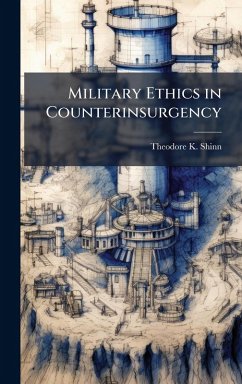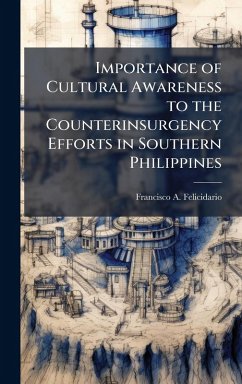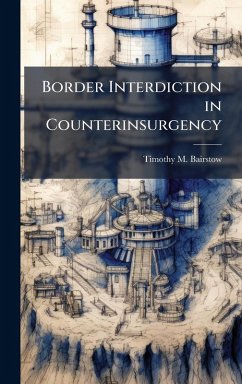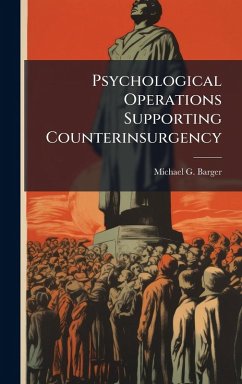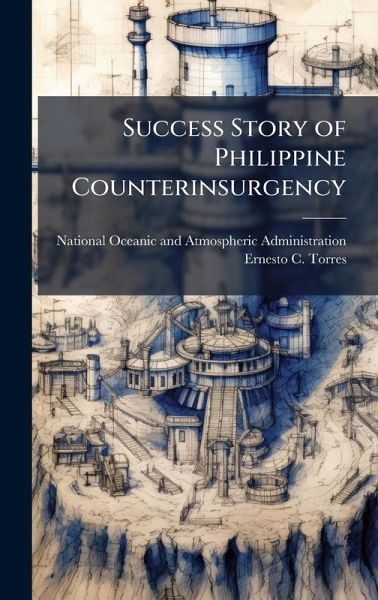
Success Story of Philippine Counterinsurgency
Versandkostenfrei!
Versandfertig in über 4 Wochen
28,99 €
inkl. MwSt.
Weitere Ausgaben:

PAYBACK Punkte
14 °P sammeln!
The Philippine government has been battling a communist insurgency since 1932. Although it was defeated in 1954, it re-emerged in 1968. This new brand of Maoist insurgency has since persisted. At present, it is a major threat to the national security of the Philippines with nationwide influence having both a political and a military arm. The Philippine government, recognizing the gravity of the problem, issued in 2001 the National Internal Security Plan which is a whole of government approach to address insurgency. For its part, the Armed Forces of the Philippines had tried different approache...
The Philippine government has been battling a communist insurgency since 1932. Although it was defeated in 1954, it re-emerged in 1968. This new brand of Maoist insurgency has since persisted. At present, it is a major threat to the national security of the Philippines with nationwide influence having both a political and a military arm. The Philippine government, recognizing the gravity of the problem, issued in 2001 the National Internal Security Plan which is a whole of government approach to address insurgency. For its part, the Armed Forces of the Philippines had tried different approaches. These approaches range from traditional military operations to non-traditional ones which require close coordination with other government agencies and the civilian sector. The military has since embarked on counterinsurgency programs in winning the hearts and mind of the people. There were significant gains in the Armed Forces of the Philippines' counterinsurgency operations but such are not decisive to finally put an end to the longest running insurgency in Asia. Certain gaps are to be identified and filled in order to launch effective programs and operations that would fast-track the defeat of insurgency in the Philippines. With the recent launching of the new Internal Peace and Security Plan dubbed as Bayanihan on 1 January 2011, it is both timely and necessary to determine an efficient way to defeat the communist insurgents. Recognizing the recent success of Bohol province in the Philippines in transforming it from an insurgent hotbed in 2001 to an insurgent-free prime tourist destination in 2010, this study endeavors to answer the primary question: "What is an effective counterinsurgency framework to defeat the communist insurgency in the Philippines?" This work has been selected by scholars as being culturally important, and is part of the knowledge base of civilization as we know it. This work was reproduced from the original artifact, and remains as true to the original work as possible. Therefore, you will see the original copyright references, library stamps (as most of these works have been housed in our most important libraries around the world), and other notations in the work. This work is in the public domain in the United States of America, and possibly other nations. Within the United States, you may freely copy and distribute this work, as no entity (individual or corporate) has a copyright on the body of the work. As a reproduction of a historical artifact, this work may contain missing or blurred pages, poor pictures, errant marks, etc. Scholars believe, and we concur, that this work is important enough to be preserved, reproduced, and made generally available to the public. We appreciate your support of the preservation process, and thank you for being an important part of keeping this knowledge alive and relevant.





